Sara Rossio is Senior Vice President of Product at TAG – The Aspen Group. She began her career in marketing at Renaissance Worldwide before joining Eaton, a power management company, as a product manager. From there, Sara spent over six years in product at Navteq, a geographic information system data provider, before transitioning to HERE, a Nokia company. Before her current role at TAG, she served in various leadership positions at Gogo, PowerReviews, and G2.
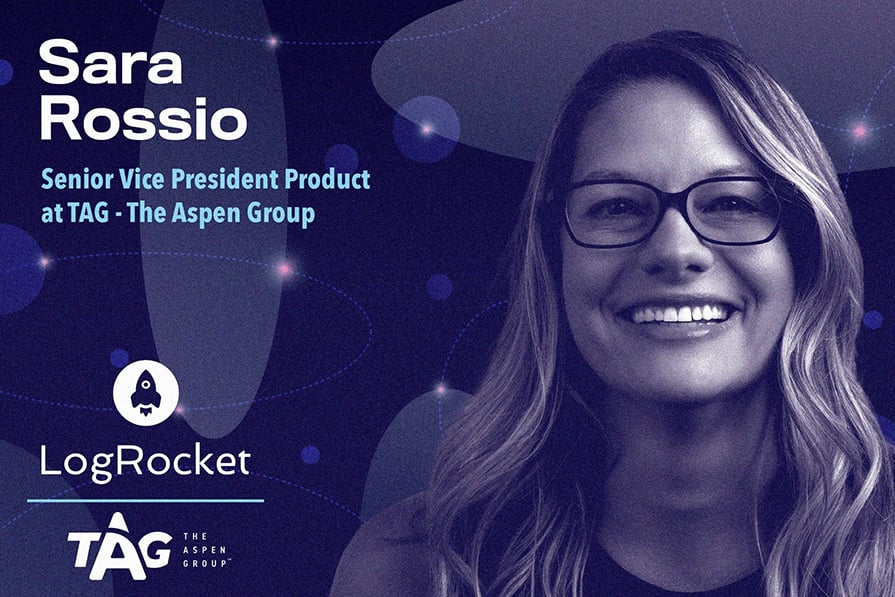
In our conversation, Sara shares best practices for leading the product organization at a new company, including creating a 90-day plan and sticking to core values like transparency. She also discusses her goal to create a strategic product management group that has a true seat at the table within a growing company.
Some knowledge gaps are standard when you’re a product leader entering a new company, while others differ based on industry. When I come into an organization, I always create a 90-day plan. It may sound old school, but it is a great alignment tool with your new manager and team. For me, in the first 30 days, I invested the time to learn. I focused on the people, products, market, and stakeholders. When you dedicate this time, you start to understand the best ways to work within the culture.
I find this so critical for a product leader to do. Especially in the first 30 days, you have the gift of being curious and learning. This is also the time to get your hands on as much data as possible. If you choose this path, I would share with your team and manager asking how you can fulfill your outlined goals. For example, ask: who are the right people to meet? What are the right events to go to? How can I learn these things? People always leaned in to help me get acclimated.
After those 30 days, you can focus on trying to synthesize what you’ve learned about the people, product, and process. And document where you see the opportunities. At month three, you focus on starting to deliver that change.
In joining a new industry specifically, I prioritize going to industry events. I end up spending as much time as possible talking to people and reading studies. While this can be overwhelming, it’s very helpful to connect the dots. It’s a state of mind. Anyone in this position should give themselves grace and remain grateful for the people who are helping them along the way.
I have the privilege of working with a fantastic team here at TAG, and it’s important that I know who they are, what motivates them, and what they aspire to be and do. Sometimes people forget to start by investing time in their people. For me, that’s number one. I want to work with people who love what they do. My job is to make sure I can advocate for them and give them a place where they can love what they do every day.
In new product development, especially, you see this a lot — people who love to solve the problem in front of them and who wake up in the morning excited to come into work. They want to continuously do better in whatever problem they’re solving, and I find that so motivating.
I also lean into our stakeholders, because oftentimes, these are the people who can help you understand where the opportunities are and how to improve. These are the two biggest areas I try to focus on and want to spend more time in at TAG.
I think that understanding the nuances of a culture is important. The past two companies I worked for valued speed and learning. Both of their processes were failing fast, which included lots of A/B testing, creating data, and quick decision-making based on new product development. That is a principle used in a lot of companies.
Also, pacing is often different. I learned to be more thoughtful about pacing, especially when you’re in the medical industry. With that said, the practice of testing, remaining data-driven, and user-centricity are all the same. I’m really excited that TAG’s culture celebrates being great for the patient and for the user. That resonates with so many people and companies.
I’m always grateful that our CEO reiterates that we have to put ourselves in the mind of someone who’s picking up the phone to call one of our brands. For example, Aspen Dental patients are often calling because they’re in pain and they need help. Bringing empathy and compassion to our work every day is a point we lead with. This shapes our digital experience, particularly in terms of connection and communication.
For example, AI is such a big focus in lots of companies right now, but until it feels like there’s a human on the other side of the phone who can lead with that empathy, we won’t be using AI that way. We know that the caller will hang up the phone and go with a different provider that they can connect with on a person-to-person level.
Even though AI technology is getting better, it needs to be great. It needs to feel different. Being patient first feels different here than in other organizations.
My goal is to build a team that is supportive of the business’s needs for growth. There are five brands within the TAG umbrella, so we need to understand the context of each business so we can build the best experience possible.
My long-term vision is to have a strategic product organization with a seat at the table. We want to be a true partner in the business. I want other people within the organization to feel like we can build a roadmap together.
The best product teams, in my opinion, are great conversation facilitators asking the right questions. They deliver the hope and the aspiration that comes from that conversation and bring it to reality. That’s what I’m hoping to do. This starts with earning the trust to be in the room. Trust is the currency of product management. If you’re not doing what you say you’re going to do, it’s easy to get left out of those conversations.
I’ve done product management for 25 years, and I love it. There’s nothing better than this work. I learn something every day. And while I’ve been at lots of companies leading different types of products, I’ve learned that the first thing you need to do is just listen. Don’t believe that you know every answer, because even if you’ve seen it before, there is always a nuance to consider.
My best advice is to stay curious even when you want to run to solve a problem. Do your best to make sure you have alignment before you run fast. In my last company, I created a 90-day plan and wanted to change everything overnight. I created a roadmap with roughly 40 things on it. My team saw it and said, “What? You’re doing all of that so quickly?” I realized that building a best practice involves bringing your team along with you.
Now, with every change I want to make, I go to the team or stakeholders. I share the opportunity, the expected impact, and what it means to them.It’s easy to run fast, but if people aren’t adopting or embracing your approach or ideas, you’ll never realize the outcome you’re looking for.
They were surprised that I shared it in the first place. It’s super important to me that people understand my values, and one of my values is transparency. I want people to know I am going to be candid and authentic. When I came in, they said, “I wouldn’t expect you to share this.” I told them that I believe they should know what I know. And I will always share as much as I can with them.
This is a foreign concept at a lot of places, but it’s been really appreciated here. Sharing by doing and not by stating helps me live out that value of transparency.
It’s funny — I came in knowing some of the people who work here. I’ve known a number of them for many years. They always say, “Wow, you’ve changed a lot. You’re doing things differently. This was unexpected.”
Part of me was surprised to hear that, but at the same time, it’s really validating. Thank goodness I’m not the same. This comes back to my value that you should always be learning. I encourage everyone to feel a little discomfort because if you don’t have a little bit of nervousness in what you’re doing, you’re not growing.
Another big value to me is to celebrate. New product development is a team sport. You celebrate the team you’re working with, the learnings you gain, and the wins you achieve. This has been a highlight for me. I’ve started some celebration kinds of activities, and it’s been amazing to see people embrace them. I love seeing them take a moment to acknowledge and celebrate the people they’re working with. People at TAG are so committed to the mission, so it’s been really moving to see people care so deeply about what they’re doing and about each other.
I always tell everyone, “Don’t hide what happened. If something broke, share it with me.” I say, “Thanks for bringing this up,” and encourage these conversations. A lot of the time, it’s not a big deal. I will celebrate the fact that they found an issue and flagged it. That makes people feel better. We always end those conversations asking, “What do you think we should do next?” It’s important to give them the power so they feel like they can control the learning from this situation.
Once they get to that point, the celebration is easy because they’re no longer in fear. They feel like they have control and can be positive that this won’t happen again. That moment is particularly great because the more people who hear that, the more everyone can connect the dots and start to apply the learning to their team by doing something simple like adding a new test.
It’s important to never make anyone feel bad or like they’re to blame. It’s easy to already be hard on yourself. You don’t need someone else to be hard on you on top of that.
Ultimately, we’re in this business to help it grow and give patients a better experience. We have defined metrics on that, so achieving those and building confidence that we’re delivering those business outcomes is crucial.
That’s what success always looks like for product teams — being outcome-driven. I want people to love what they do. I want people to show up and be excited about this business, enjoy working together, and feel satisfied. You can measure that through surveys and other things, but sometimes, you can just see it. As a leader it is also my job to encourage learning and development so that teams grow and achieve their personal goals. And the best part is that you can have both — you can be successful for the company and be successful as an individual. That’s what success looks like to me.
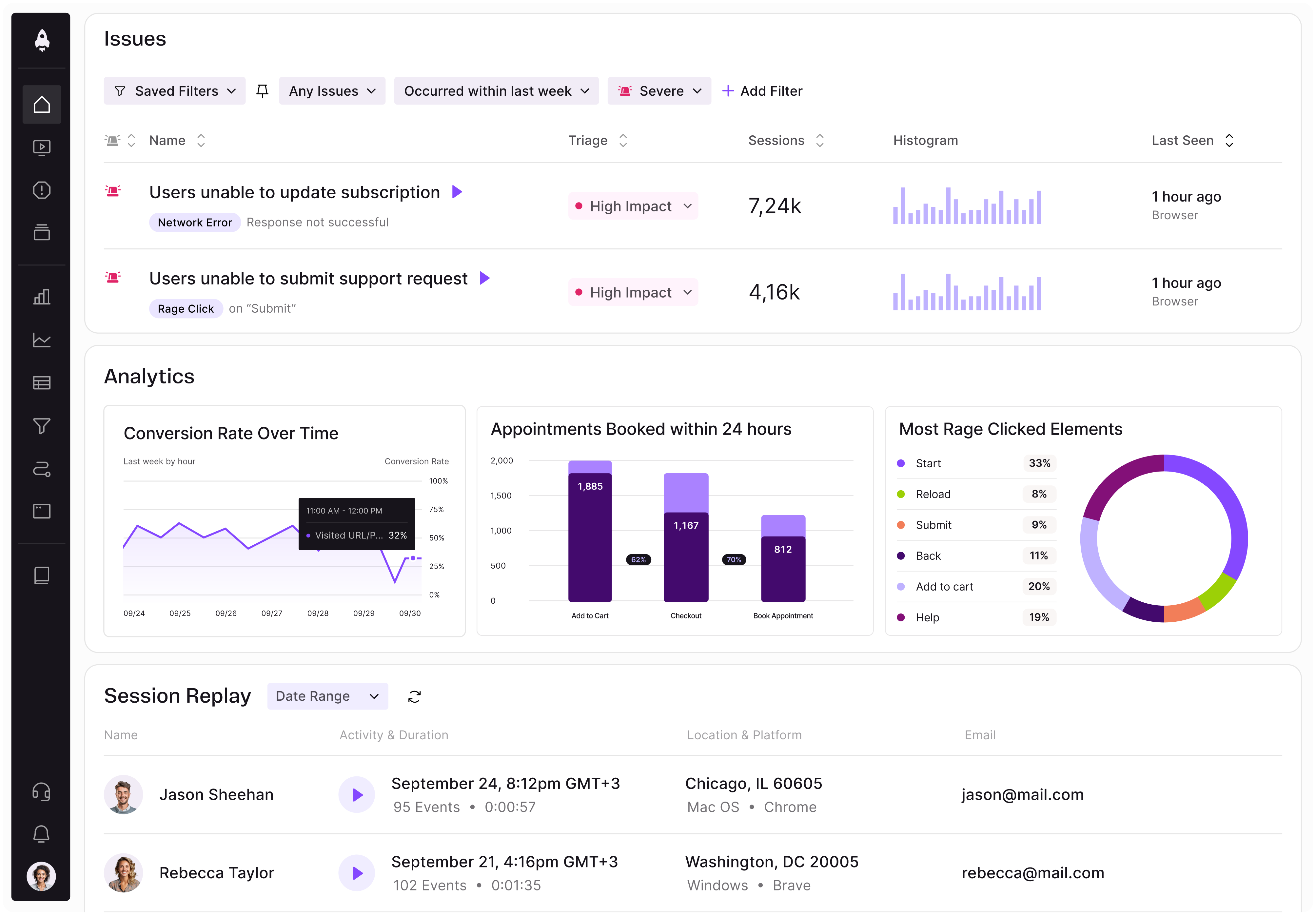
LogRocket identifies friction points in the user experience so you can make informed decisions about product and design changes that must happen to hit your goals.
With LogRocket, you can understand the scope of the issues affecting your product and prioritize the changes that need to be made. LogRocket simplifies workflows by allowing Engineering, Product, UX, and Design teams to work from the same data as you, eliminating any confusion about what needs to be done.
Get your teams on the same page — try LogRocket today.

A practical five minute revenue estimation method to help product managers compare ideas, drop low impact features, and prioritize smarter.
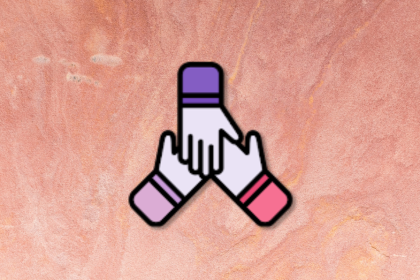
A practical guide for PMs who want to stop being bottlenecks, delegate smarter, and lead teams effectively with a clear ownership framework.
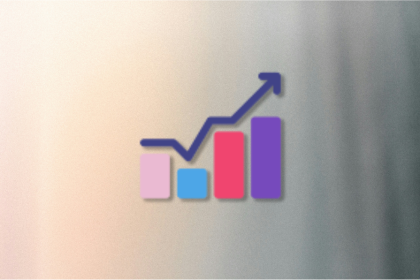
Stop letting unreliable data block features. Treat data as inventory to track quality, ownership, and ship with confidence.
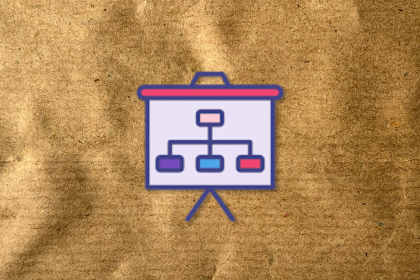
Learn why slide decks slow teams down and explore better tools like whiteboards, PRDs, and prototypes to improve collaboration and alignment.